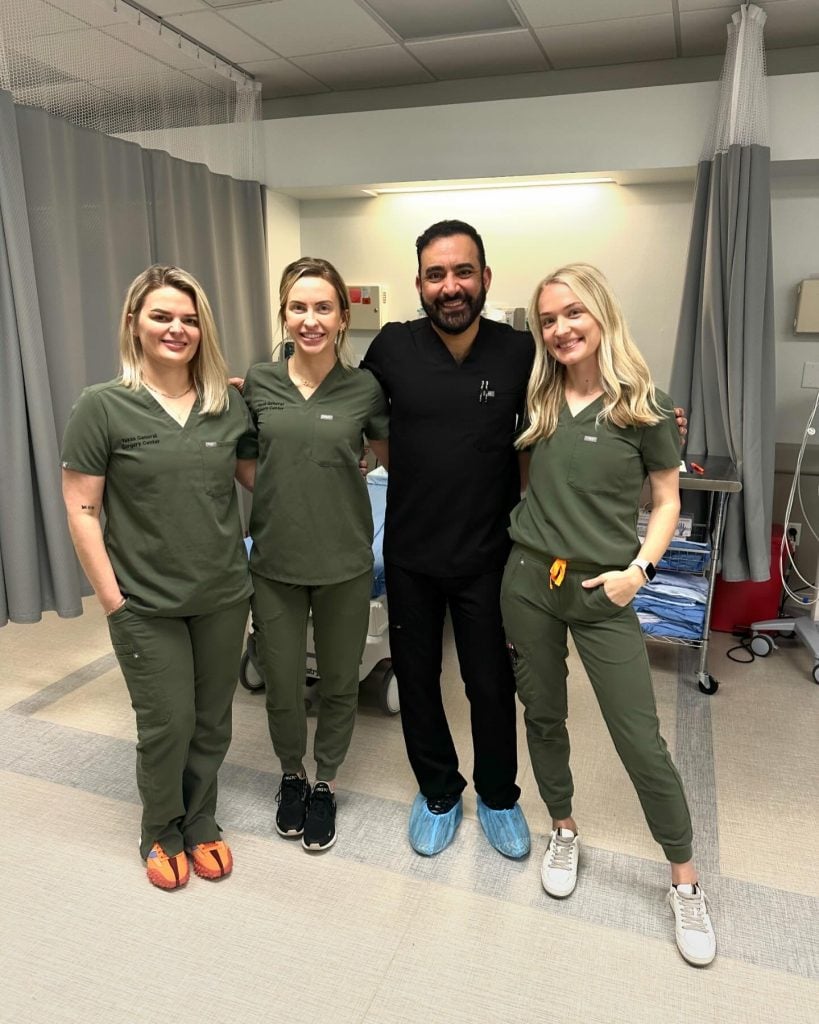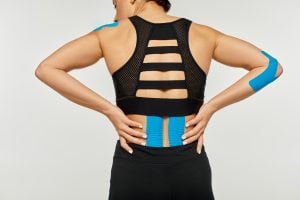Sitting for long hours at your desk can take a toll on your spine. Whether you work from an office or at home, lower back pain from sitting is one of the most common complaints among adults. The good news? With the right tools and simple adjustments, you can reduce discomfort and improve your posture during the workday.
“Most people don’t realize how much pressure prolonged sitting puts on their lower spine. It’s not just about comfort—it’s about preventing long-term damage,” explains Dr. Ghalambor, a fellowship-trained pain management expert at NorTex Spine & Joint Institute.
Here’s how to find relief and protect your spine—all while staying productive at work.
How Sitting Affects Your Lower Back
Your lower back (lumbar spine) supports much of your body’s weight. When you sit for extended periods—especially in unsupportive chairs—your spine compresses, your muscles weaken, and your posture worsens. This leads to stiffness, aching, and over time, chronic back problems.
Common causes include:
- Poor posture while sitting
- Lack of lumbar support
- Sedentary work habits
- Inflexible or weak core muscles
Easy Changes You Can Make Right Now
Improving how you sit is the first step to easing lower back pain. Here are simple but effective ways to reduce discomfort:
1. Use Ergonomic Chairs
- Choose an ergonomic office chair with built-in lumbar support
- Sit back fully so your lower spine is supported
- Keep your feet flat and your knees at hip level
2. Add a Lumbar Support Cushion
- If your chair lacks support, purchase a lumbar support cushion
- Position it at the curve of your lower back for better spinal alignment
3. Try a Standing Desk
- Alternate between sitting and standing every 30–60 minutes
- Use a standing desk for lower back pain relief to reduce spinal pressure
- Adjust monitor and keyboard height to avoid leaning forward
4. Improve Your Desk Posture
- Keep your screen at eye level to avoid slouching
- Rest your elbows at a 90-degree angle
- Avoid crossing your legs, which can misalign your hips and spine
5. Take Frequent Breaks
- Set reminders to stand, stretch, or walk every hour
- Gentle movements increase circulation and reduce muscle tension
6. Do Simple Desk Stretches
- Gentle spinal twists, seated forward bends, and hamstring stretches can ease tightness
- Engage your core while sitting to support your lower back
7. Schedule an Ergonomic Assessment
- Consider a professional ergonomic assessment for office workers
- This can help identify posture mistakes and suggest customized solutions
When to Seek Professional Help
If your pain doesn’t improve with these strategies, you may need specialized care. Conditions like herniated discs, spinal stenosis, or sciatica can cause persistent lower back pain from sitting. A pain management expert can diagnose and treat these issues using advanced therapies.
“We focus on targeted treatments like guided injections, physical therapy, and minimally invasive procedures to address the root of the pain—not just the symptoms,” says Dr. Ghalambor.
You may benefit from:
- Physical therapy for back pain
- Chiropractic treatment for posture-related discomfort
- Back pain relief services near you with personalized care plans
Take Action Toward a Healthier Spine
Your desk setup matters. Small changes—like using a lumbar cushion, alternating between sitting and standing, and maintaining good posture—can dramatically improve your comfort. If symptoms continue, consider booking a back pain consultation or visiting a posture specialist near you for tailored advice.
While NorTex Spine & Joint provides specialized care, many reputable clinics offer similar treatments. Always seek multiple opinions before deciding on treatment.
If you’re located in Fort Worth, Allen, Coppell, or Garland, TX, NorTex Spine & Joint Institute is here to help. Reach out to our team today to explore your options and take control of your back health.
Additional Resources:
https://www.mayoclinichealthsystem.org/hometown-health/speaking-of-health/7-common-low-back-pain-faq
https://www.webmd.com/back-pain/what-helps-with-lower-back-pain








